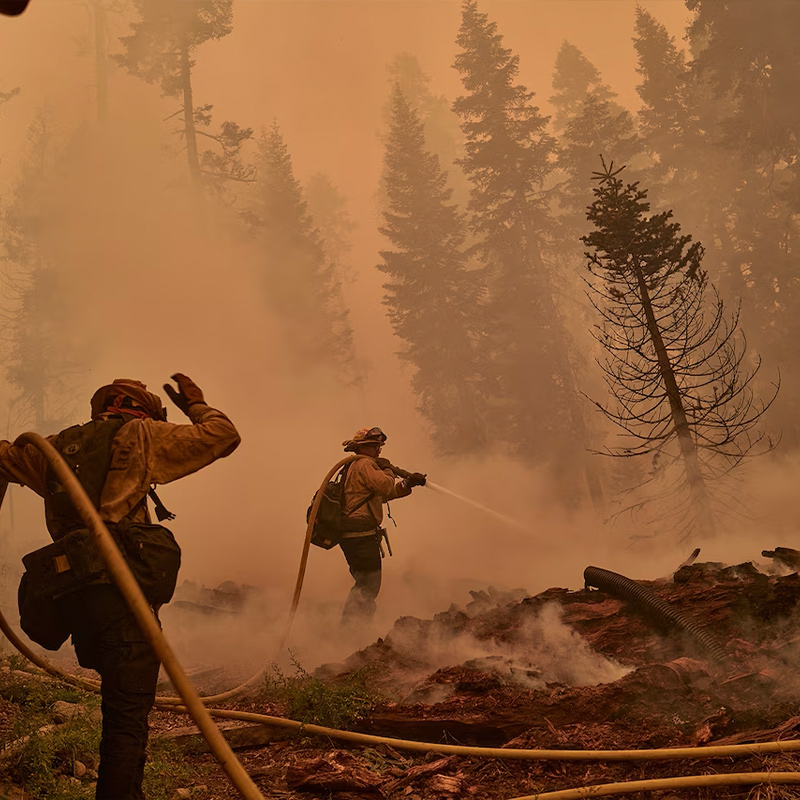Lake Tahoe, California — On a clear day at Lake Tahoe’s beaches, visitors to the cobalt waters of North America’s largest alpine lake don’t see signs of smoke from wildfires raging across much of California in what is shaping up to be one of the worst fire seasons in the state’s history.
Historically, wildfires haven’t been seen as much of a threat to lakes like Tahoe—after all, fire and water don’t mix. Efforts to “Keep Tahoe Blue,” as the ubiquitous bumper stickers here say, have primarily targeted impacts of mass tourism.
But a flurry of new research has begun to highlight the connection between lakes and wildfires—or, more specifically, the smoke that fires produce. Recent studies reveal that California’s lakes—and indeed lakes across all of North America—are increasingly exposed to wildfire smoke at much higher intensities and for longer durations than just a few years ago.


